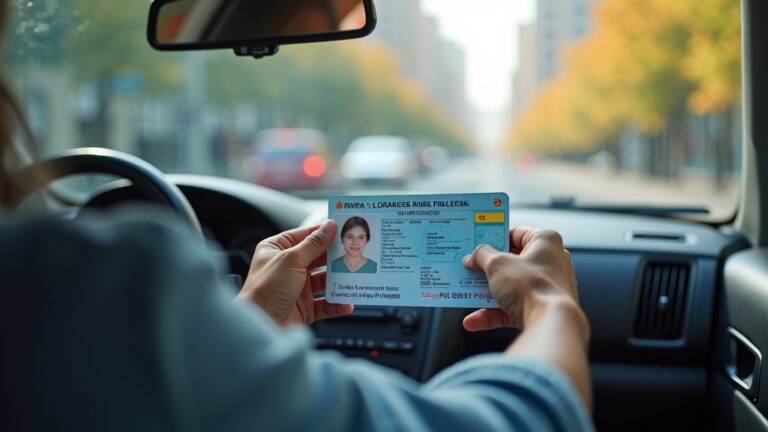Driving in Spain with an international driver’s license can be a smooth experience if you are well-informed about the regulations and requirements. Spain, known for its rich cultural heritage and scenic drives, attracts many international visitors who choose to explore the country by car. Understanding the local driving rules and ensuring compliance with legal requirements is essential for a hassle-free journey. This guide provides an in-depth look at the crucial aspects of driving in Spain with an international driver’s license, helping you prepare for your adventure.
Understanding the International Driver’s License in Spain
An international driver’s license, often referred to as an International Driving Permit (IDP), is a document that translates your home country driver’s license into multiple languages. This is particularly useful in countries where English is not the primary language. In Spain, the IDP is recognized and allows you to legally drive for a specific period. However, it is important to carry both your original driver’s license and the IDP while driving.
The IDP is valid for one year from the date of issue and should be obtained before you travel to Spain. You can acquire the permit from authorized agencies in your home country, such as the automobile association or other designated organizations. Remember, the IDP is not a standalone document; your original driver’s license must accompany it at all times.
Legal Requirements for Driving in Spain
When driving in Spain, compliance with local traffic laws is mandatory. This includes adhering to speed limits, road signs, and other regulations. The legal driving age in Spain is 18, and all drivers must have a valid license. Here are some key legal requirements to be aware of:
- Seat Belts: Seat belts are compulsory for all passengers in the vehicle. Failure to wear a seat belt can result in fines.
- Alcohol Limit: The legal blood alcohol limit is 0.05% for general drivers and 0.03% for those with less than two years of driving experience.
- Use of Mobile Phones: The use of mobile phones while driving is prohibited unless a hands-free device is used.
- Road Signs: Familiarize yourself with Spanish road signs, which may differ from those in your home country.
- Documentation: Always carry your driver’s license, IDP, vehicle registration, and insurance documents.
Understanding and following Spain’s driving laws is crucial for a safe and enjoyable driving experience in the country.
Insurance and Road Assistance
Having proper vehicle insurance is crucial when driving in Spain. Ensure your insurance policy covers liability and any potential damages that may occur. Check with your insurance provider to confirm whether your policy covers international travel or if additional coverage is necessary for driving in Spain.
Roadside assistance can be invaluable in case of vehicle breakdowns or emergencies. Before traveling, verify if your insurance policy includes roadside assistance or consider purchasing a separate package for added security. Services typically include towing, emergency repairs, and assistance in case of accidents.
Insurance and roadside assistance provide peace of mind and financial protection while driving in a foreign country.
Tips for Driving Safely in Spain
Driving in a foreign country can be daunting, but with the right preparation, it can be a rewarding experience. Here are some tips to ensure your safety on Spanish roads:
- Plan Your Routes: Use GPS or maps to plan your routes in advance, especially when traveling to rural areas.
- Observe Speed Limits: Speed limits vary by region and road type. Always pay attention to signs to avoid fines.
- Be Aware of Local Customs: Spanish drivers may have different driving habits. Stay alert and adapt to local driving customs.
- Parking Rules: Pay attention to parking signs and regulations to avoid fines or towing.
- Emergency Numbers: Familiarize yourself with emergency numbers in Spain, such as 112 for police, fire, and medical services.
Key Points
- Carry both your international driving permit and original license.
- Follow local traffic laws and regulations to avoid fines.
- Ensure your insurance covers travel in Spain.
- Plan routes in advance and be aware of local driving customs.
- Use hands-free devices to comply with mobile phone regulations.
Conclusion
Driving in Spain with an international driver’s license is a practical way to explore the country’s diverse landscapes and vibrant culture. By understanding the legal requirements, ensuring proper documentation, and practicing safe driving habits, you can enjoy a seamless driving experience. Whether you’re cruising along the Mediterranean coast or navigating the streets of Madrid, being well-prepared will enhance your journey and allow you to fully immerse yourself in the Spanish way of life.

